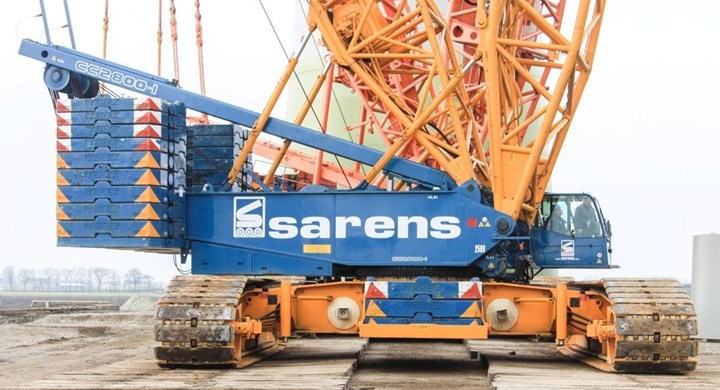Corpus Christi Polymer Resumes Construction of PTA/PET Plant
When CCP starts production in 2025, this will be the largest vertically-integrated PTA-PET production facility in the world.

has resumed construction of its new plant in Texas, which when slated for start-up in 2025 will represent the world’s largest vertically-integrated PET/PTA facility, producing 2.4 billion lb/yr of PET and another 2.8 billion lb/yr of purified PTA. CCP is backed by three of the world’s leading PET and PTA companies: Alpec S.A.B. de C.V., Indorama Ventures Holding LP, and Far Eastern Investment Holding Limited of Taiwan.
CCP will employ three of the latest technologies in this industry including InegRex in PTA, Invista in PET melt, and CCP’s proprietary Easy Up technology in PET solid state. CCP says that using these innovative processes, their products offer key technical advantages compared to competing packaging materials in their versatility, durability, heat resistance, light weight, cost competitiveness and 100% recyclability. The company will produce its own industrial water by desalination, minimizing impact on Corpus Christi’s potable water supply.
Sarens, a global leader in heavy lifting, engineered transport and crane rental, will have a crucial role as a supplier of the cranes required for this work. Sarens will move various units, including a Liebherr LR1350 unit with a maximum capacity of 350 tons and a Demag CC2800 with a maximum capacity of 660 tons, to the new CCP facility.
Related Content
-
The Fundamentals of Polyethylene – Part 1: The Basics
You would think we’d know all there is to know about a material that was commercialized 80 years ago. Not so for polyethylene. Let’s start by brushing up on the basics.
-
Prices Up for PE, PP, PS, Flat for PVC, PET
Trajectory is generally flat-to-down for all commodity resins.
-
The Fundamentals of Polyethylene – Part 2: Density and Molecular Weight
PE properties can be adjusted either by changing the molecular weight or by altering the density. While this increases the possible combinations of properties, it also requires that the specification for the material be precise.




